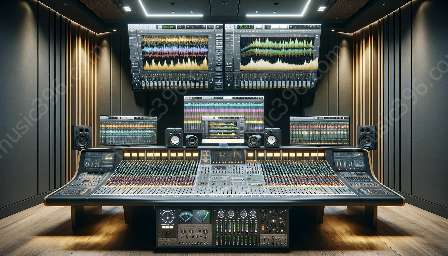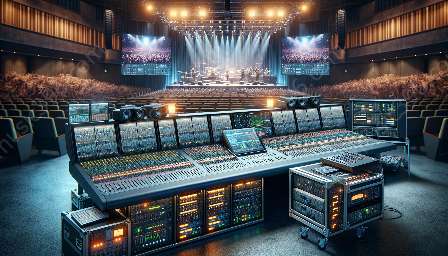Music has the power to evoke strong emotional responses, and the melody plays a key role in shaping these experiences. Understanding the impact of melody on emotional response is crucial for music producers and audio engineers alike. In this article, we will delve into the relationship between melody and emotion, exploring the principles of music theory and audio production that underpin this connection.
The Psychology of Melody and Emotion
Emotion is an integral part of the human experience, and music has the unique ability to tap into our emotions in profound ways. Melody, as a fundamental element of music, plays a pivotal role in shaping emotional responses. The interplay between melody and emotion is underpinned by psychological principles that have been extensively researched.
Research has shown that certain musical features, including melody, can elicit specific emotional responses in listeners. The melodic contour, rhythm, and harmony all contribute to the emotional impact of music, but it is the melody that often takes center stage in capturing and expressing emotions. The contour of a melody, in particular, can evoke emotions such as joy, sadness, tension, or tranquility, depending on its rise and fall, leaps, and intervals.
Moreover, the emotional impact of melody is also influenced by cultural and personal associations. Different cultures may interpret the same melody in varying ways, and individual experiences can shape the emotional responses to specific melodies. As such, producers and audio engineers must consider the diverse ways in which audiences may respond to melodies when creating and mixing music.
Music Theory and Emotional Impact
Music theory provides a framework for understanding how melodies are constructed and how they contribute to the emotional landscape of a musical piece. Essential concepts such as pitch, rhythm, and harmony are interconnected, and their careful manipulation is crucial for eliciting specific emotional responses.
Musical scales and modes, for example, can evoke different moods and emotions. The choice of scale or mode can profoundly influence the emotional character of a composition. Major scales often convey a sense of brightness and positivity, while minor scales are commonly associated with darker, more introspective emotions. Modulations between different scales can further enhance the emotional journey of a piece of music, leading to dynamic shifts in mood and atmosphere.
Additionally, the use of tension and release in melody and harmony is a powerful tool for evoking emotional responses. Whether it's through dissonant intervals that create a sense of unease or consonant resolutions that bring about a feeling of relief, music theory provides producers with the means to manipulate these elements to convey specific emotional nuances.
Audio Production and Emotional Engineering
Understanding the impact of melody on emotional response is essential for audio production. As music is conveyed and experienced through sound, the production process plays a significant role in shaping the emotional impact of a musical piece.
Timbre, dynamics, and spatialization are key considerations in audio production, and they directly influence the emotional resonance of a melody. The timbral qualities of instruments and voices can impart distinct emotional colors to a melody, while the skillful use of dynamics can modulate the intensity and expression of a musical passage. Spatialization techniques, such as panning and reverberation, can further enhance the emotional depth of a melody by creating immersive sonic environments.
Moreover, the role of technology in audio production has opened up new frontiers for emotional engineering. Advanced software tools and signal processing techniques enable producers to manipulate the timbral and textural characteristics of melodies, allowing for precise control over the emotional impact of the music. By harnessing these tools, producers can sculpt melodies to evoke specific emotional responses, guiding listeners through a rich emotional journey.
The Art of Melodic Storytelling
Ultimately, the impact of melody on emotional response extends beyond the technical aspects of music theory and audio production. At its core, melody is a vehicle for storytelling, capable of communicating and evoking a diverse range of emotions. The art of melodic storytelling lies in the seamless integration of musical elements to convey a compelling narrative that resonates with listeners on an emotional level.
Music producers and audio engineers are storytellers in their own right, tasked with crafting sonic experiences that captivate and move audiences. By understanding the intricate relationship between melody and emotion, they can harness the power of music to elicit profound emotional responses, creating impactful and memorable musical compositions.
Conclusion
The impact of melody on emotional response in music is profound and multifaceted. It is a convergence of psychological, theoretical, and technical considerations, and understanding this relationship is essential for music producers and audio engineers. By embracing the art and science of melodic expression, producers can leverage the emotional power of melody to shape captivating musical experiences that resonate deeply with audiences.




























